USB Hubs
Does USB HUB affect network speed? [Expert Answer]
In today’s rapidly advancing technological era, connecting network devices is no longer solely dependent on Ethernet cables, but also on USB connection protocols. One of the essential devices for connecting multiple devices via USB is the USB HUB. However, a common question arises: Does USB HUB affect network speed? This article will delve into this topic and provide a detailed analysis.
What is a USB HUB?
Before addressing whether a USB HUB affects network speed, it’s important to understand what a USB HUB is. A USB HUB is a device that expands connectivity between a computer and peripheral devices via USB ports. Specifically, a USB HUB provides multiple USB ports so you can connect various devices such as mice, keyboards, printers, external hard drives, or network devices to a single USB port on your computer.
There are two main types of USB HUBs:
- Powered HUB: This type has its own power supply to provide energy to connected devices, ensuring stable operation, especially for power-hungry devices like external hard drives.
- Unpowered HUB: This type does not have a separate power source and only provides power from the computer’s USB port. It is typically used to connect devices with low power requirements.
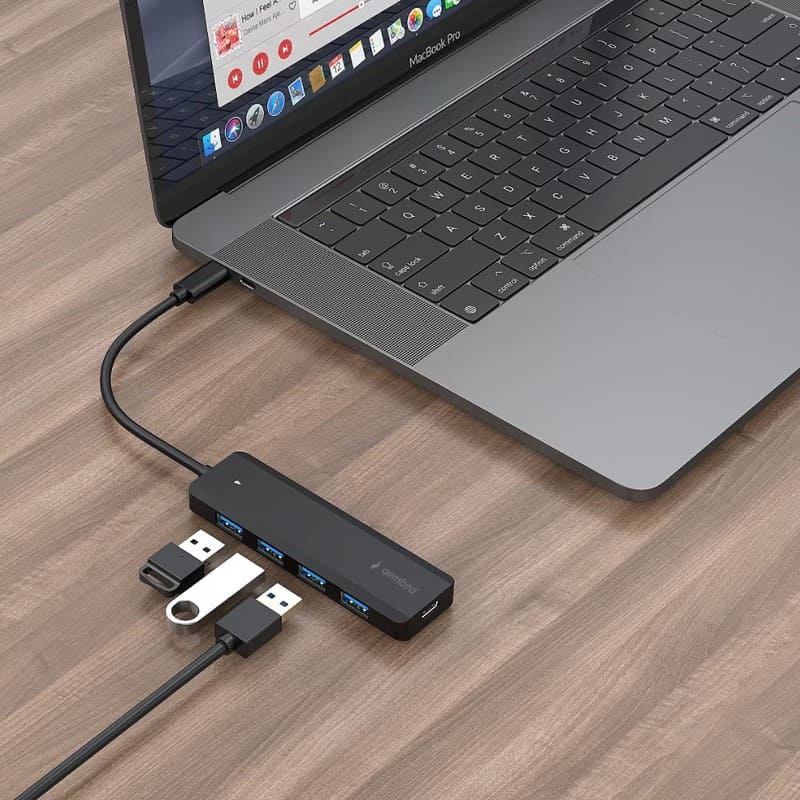
Structure and operation of a USB HUB
A typical USB HUB has between 4 and 10 USB ports, allowing you to connect multiple devices simultaneously. However, each USB port has a specific bandwidth, and when multiple devices are connected at the same time, the HUB’s bandwidth must be shared among all the devices. This can impact the performance of each device, especially when these devices require high bandwidth.
USB HUB bandwidth speeds
USB HUBs use the USB interface to transmit data, and thus, the bandwidth of each USB port determines the data transmission speed. The current USB standards include USB 2.0, USB 3.0, and USB 3.1, each with different maximum bandwidth:
- USB 2.0: Maximum speed of 480 Mbps, suitable for devices with low bandwidth needs such as mice, keyboards, or printers.
- USB 3.0: Maximum speed of 5 Gbps, significantly faster than USB 2.0.
- USB 3.1: Maximum speed up to 10 Gbps, ideal for applications requiring high bandwidth, such as external hard drives, surveillance cameras, or high-speed network devices.
When you connect network devices via a USB HUB, the network speed will be affected by the HUB’s bandwidth. If the HUB only supports USB 2.0, the network speed will be limited to 480 Mbps, even if the network device supports higher speeds. This can lead to bandwidth limitations, which reduce overall network performance.
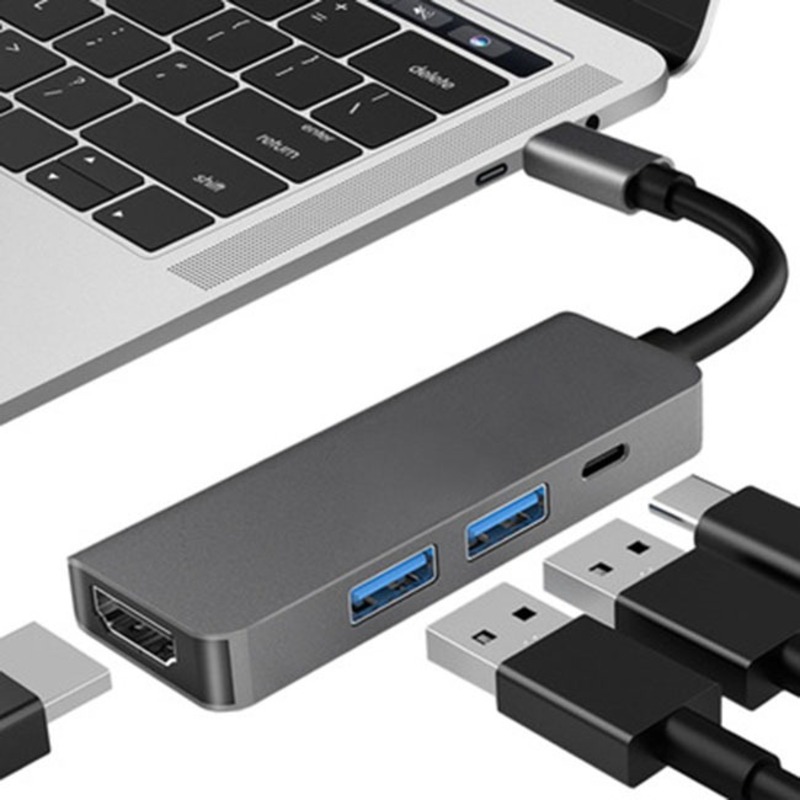
Does USB HUB affect network speed?
When connecting network devices via a USB HUB, network speed can be impacted because the HUB’s bandwidth must be shared between the ports. If multiple devices are connected simultaneously or if older USB standards are used, data transfer speeds will be limited, leading to decreased network performance.
Reduced bandwidth when using multiple devices
When you connect multiple devices to a USB HUB, the HUB’s bandwidth must be shared among these devices. For example, if you connect a USB Ethernet adapter with a speed of 1 Gbps to a USB 2.0 HUB, the maximum speed of the Ethernet connection will be limited by the USB 2.0 bandwidth (480 Mbps). This causes network congestion when multiple devices are using bandwidth simultaneously, especially when those devices require large data transfers.
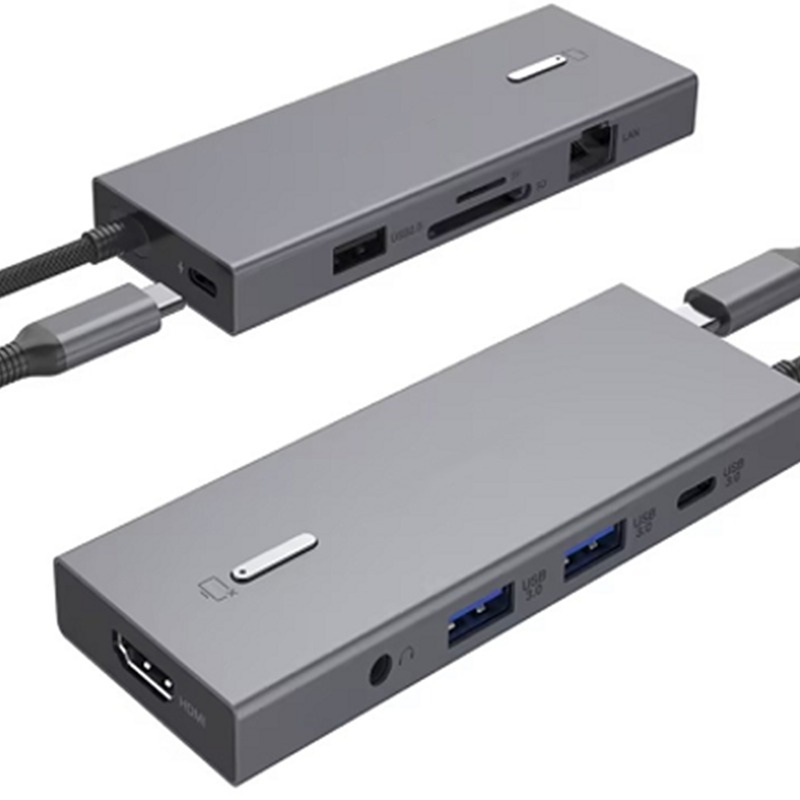
Latency in data transmission
When connecting network devices like a USB Ethernet adapter or USB Wi-Fi adapter to a USB HUB, data packets must pass through the HUB to be transmitted from one device to another. This process can introduce latency due to the intermediate processing step (the HUB). This latency can significantly impact applications that require low latency, such as online gaming, video calls, or conferencing.
USB HUB and network device quality
Network speed also depends on the quality of the network devices connected via the USB HUB. If you are using a USB Ethernet adapter or USB Wi-Fi adapter that does not meet high bandwidth requirements, the USB HUB is not the primary factor causing reduced network speed. However, if the USB HUB only supports USB 2.0, even if the network device can support 1 Gbps or 10 Gbps speeds, the bandwidth will be limited, reducing overall network performance.
USB HUB and power supply
If you connect multiple power-hungry devices to an unpowered USB HUB, the HUB may not provide sufficient power for these devices. This not only reduces the devices’ operational performance but also affects data transfer speeds, especially for devices requiring high power, such as external hard drives or network devices. In this case, using a powered USB HUB is a better solution.
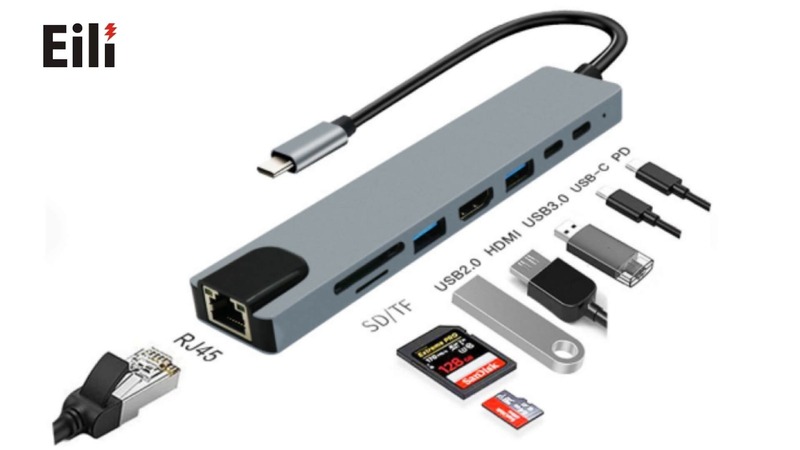
Factors affecting network speed when using a USB HUB
Network speed when using a USB HUB can be affected by several factors, such as USB standards, the number of devices connected, and the power supply. These factors determine the maximum bandwidth the HUB can support, directly impacting data transmission performance.
- USB standard and bandwidth: Choosing a USB HUB that supports USB 3.0 or USB 3.1 is crucial if you want to optimize network transfer speeds. USB 2.0 will limit network speed when connecting devices with high bandwidth requirements.
- Number of devices connected: Connecting too many devices to a USB HUB will divide the available bandwidth, slowing down data transfer for each device. Therefore, you should limit the number of devices connected to a HUB to avoid network congestion.
- Power supply: If you’re using devices that require high power (such as external hard drives or scanners), use a USB HUB with its own power supply. This ensures that all connected devices operate stably and do not affect network speed.
- Driver and firmware updates: Ensure that the network devices and USB HUB are updated with the latest drivers and firmware. This helps optimize data transfer capabilities and reduce latency.
How to optimize network speed when using a USB HUB
To optimize network speed when using a USB HUB, you should select USB HUBs that support USB 3.0 or USB 3.1, limit the number of devices connected simultaneously, and use a powered USB HUB. These measures help reduce bandwidth congestion and ensure stable network performance.
- Choose a high-quality USB HUB: Selecting a USB HUB that supports USB 3.0 or USB 3.1 will help you maximize bandwidth and improve network speed. Avoid using USB 2.0 HUBs if you need to transfer data at high speeds.
- Use a powered USB HUB: If you need to connect several power-hungry devices, a powered USB HUB will provide sufficient power to the devices without reducing their performance.
- Limit the number of devices connected: Connecting too many devices at once can cause bandwidth congestion. Consider the number of devices you need to connect to optimize network speed.
- Check your network devices: Make sure the USB Ethernet adapter or USB Wi-Fi adapter you are using supports high speeds and is compatible with the HUB’s USB standard.
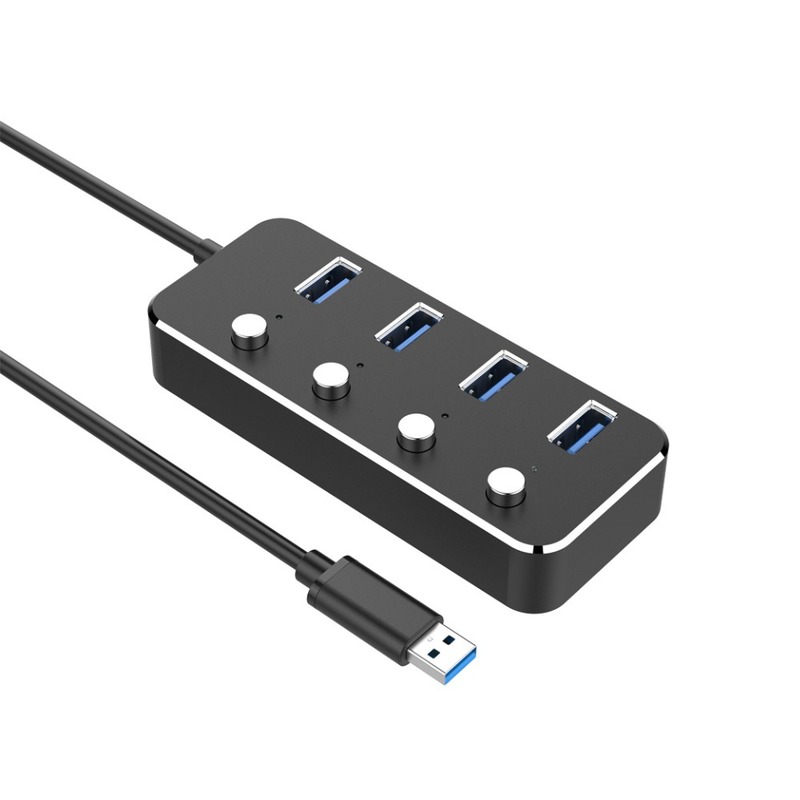
Using a USB HUB can affect network speed, particularly when connecting network devices such as USB Ethernet adapters or USB Wi-Fi adapters. Network speed will depend on several factors, such as the USB standard, the number of devices connected, and the power supply. To optimize network speed when using a USB HUB, choose a HUB with USB 3.0 or USB 3.1 support, use a powered USB HUB, and limit the number of devices connected to minimize network congestion and latency.


